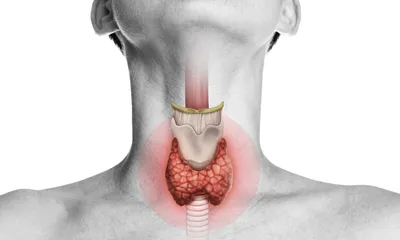Osteoarthritis
-
Description
-
Signs & Symptoms
-
Anatomy
-
Cause
-
Diagnosis
What is Osteoarthritis?
Osteoarthritis is a joint disease and involves the breakdown of cartilage that provides cushioning between bones of joints. Pain and stiffness then begin in the joints as a result of this cartilage degeneration. Most affected are the hands, knees, hips, and spine, but any joint in the body can be affected by osteoarthritis. It’s not possible to regenerate cartilage, so it is best to start early with osteoarthritis treatment to slow the progression of the disease.
Women get osteoarthritis more often than men, and osteoarthritis is more commonly a problem for older people in the same way it is with rheumatoid arthritis. There are also possible health complications that can stem from having osteoarthritis.
What Causes Osteoarthritis?
Repeated stress on a joint is the primary reason that most people will develop osteoarthritis in it. People with certain types of employment or activities may be more susceptible to osteoarthritis because of repeated motions that place stress on the joint. Osteoarthritis can also be the result of joint injury. Sometimes people suffer a major injury to a joint in their youth and despite it healing the joint becomes osteoarthritic in their older age.
Obesity and carrying excess body weight is often what causes osteoarthritis in the knees and hips. Some people will have osteoarthritis because they have a genetic predisposition for it, and a parent with arthritis often means that you are more likely to have it too. Bone deformities and metabolic conditions like diabetes or hemochromatosis may also be promoting osteoarthritis.
Osteoarthritis Symptoms
Common osteoarthritis symptoms include joint pain and stiffness, tenderness, loss of flexibility, a grating sensation with movement of the joint, swelling, or bone spurs. It’s also possible sufferers may have increased difficulty moving to an upright position after sleep or prolonged rest in a stationary position. Complications from osteoarthritis may cause them to sleep poorly or become depressed.
Osteoarthritis Treatment
The most conventional approach to osteoarthritis treatment is to have these individuals taking NSAID medications like Celebrex or Clinoril. Cortisone or hyaluronic injections (Synvisc) may also be recommended if medication is insufficient for osteoarthritis relief. Other treatment options are physical and / or occupational therapy, and in instances of severe knee osteoarthritis a doctor may decide on trying a knee osteotomy. This involves bones in the knee being surgically realigned. Transcutaneous electrical nerve stimulation (TENS) may be another possibility for relieving osteoarthritis immobility and stiffness.
Signs & Symptoms
- Fatigue
- Weight gain
- Cold intolerance
- Dry skin
- Constipation
- Hoarseness
- Muscle weakness
- Elevated blood cholesterol level
- Puffy face
- Thinning hair
- Bradycardia (slow heart rate)
- Depression
- Impaired memory
Anatomy
- Thyroid gland
- Pituitary gland
- Hypothalamus
- Metabolic system
- Heart
- Liver
- Muscles
- Skin
- Hair
Cause
- Autoimmune disease (Hashimoto's thyroiditis)
- Thyroid surgery
- Radiation therapy
- Certain medications
- Congenital hypothyroidism
- Pituitary disorder
- Iodine deficiency
- Pregnancy
- Infiltrative diseases (e.g., amyloidosis, sarcoidosis)
Diagnosis
- Physical examination
- Medical history review
- Thyroid-stimulating hormone (TSH) test
- Free thyroxine (T4) test
- Anti-thyroid antibodies test
- Thyroid ultrasound
- Radioactive iodine uptake test
- Cholesterol test
- Complete blood count (CBC)



